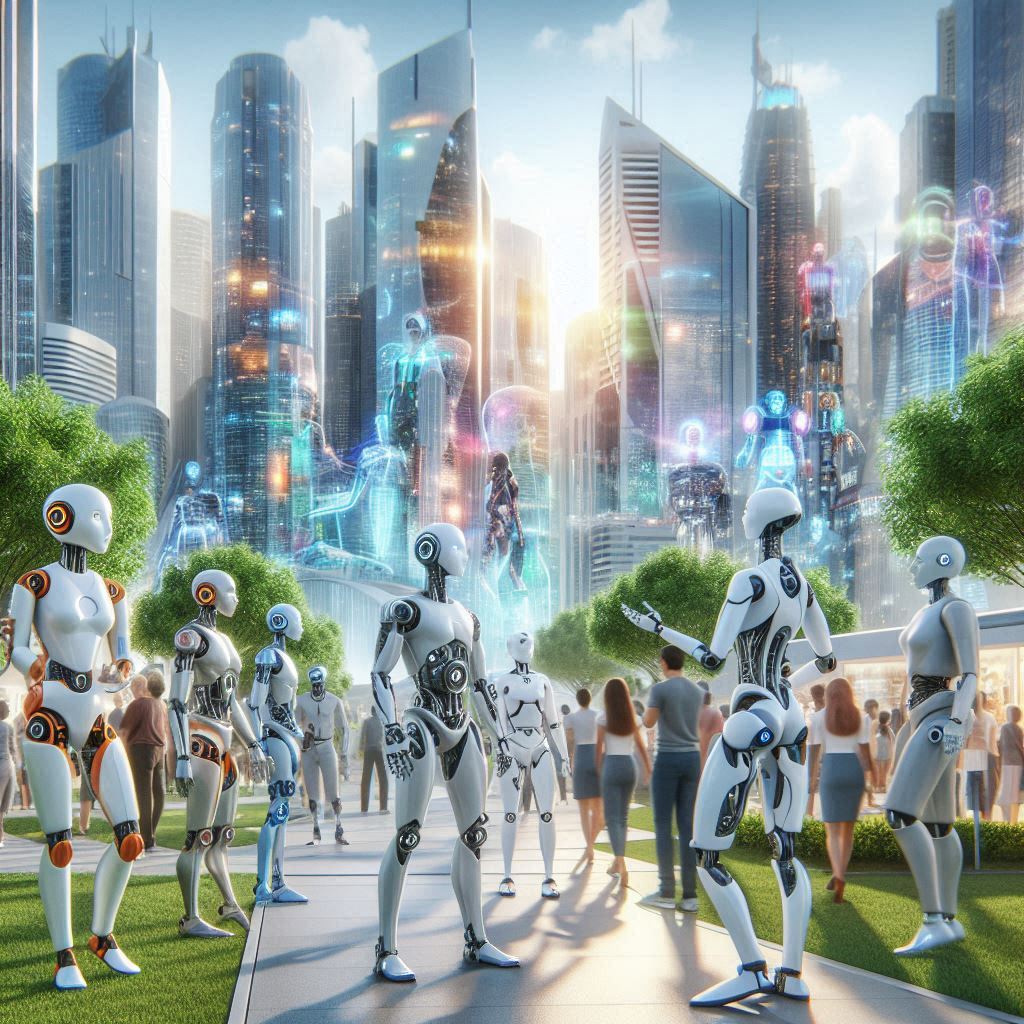
How Close Are We to Having Humanoid Robots in Every Home?
Humanoid robots are getting closer to becoming part of our daily lives, but how close are we to having them in every home? In 2025, technology is advancing quickly, with companies working hard to make robots that look and move like humans.
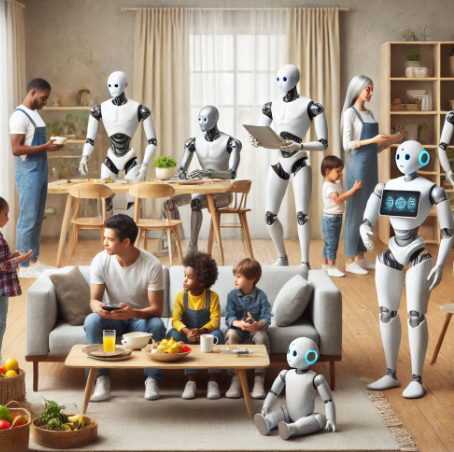
Some robots can already perform basic tasks like cleaning, cooking, and even talking to us. However, there are still a few big challenges. For one, making robots that are affordable for everyone is a tough task. While some high-end robots are already out there, they can be expensive. Another issue is making robots that can understand and react to every situation like a human would. They still struggle with things like complex emotions and unexpected events. But with rapid advancements in AI and robotics, it’s possible that in the next few years, humanoid robots could become a common part of our homes, helping with daily tasks and improving our lives.
What’s Stopping Robots from Becoming Part of Our Everyday Lives?
Humanoid robots have made a lot of progress in recent years, but there are still a few challenges that prevent them from becoming a common part of our daily lives. First, there’s the issue of cost. Building robots that look and act like humans is expensive,
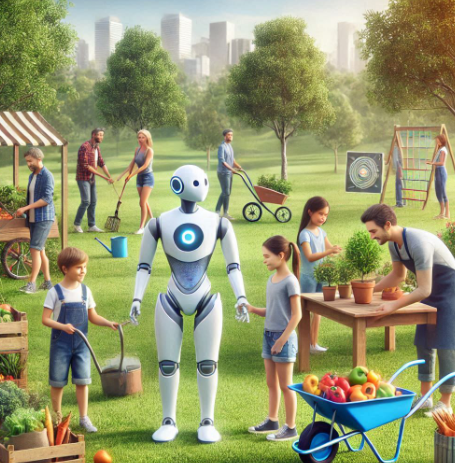
and many people can’t afford them yet. Another challenge is technology. While robots can do some basic tasks, they still struggle with more complex jobs that humans do naturally, like understanding emotions or making quick decisions in unpredictable situations. Also, people are concerned about safety. If robots are in our homes or workplaces, we need to be sure they won’t malfunction or cause harm. Lastly, there’s the question of acceptance. Many people might not be ready to have robots around, especially ones that look like humans. Until these problems are solved, humanoid robots might stay more of a futuristic idea than a daily reality.
Will Robots Like Humans Really Help Us in 2025?
In 2025, we might see robots that look and act like humans becoming a part of our daily lives. But the big question is: will they really help us? These humanoid robots are designed to assist with tasks like cleaning, cooking, or even helping care for the elderly. They could also help in offices by answering questions or managing simple tasks.
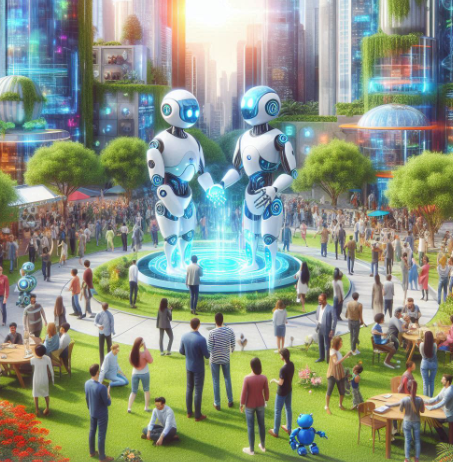
However, there are still challenges. For one, robots need to learn how to interact with humans naturally, understand emotions, and make decisions based on situations. Some people might feel uncomfortable with robots taking on such personal roles, while others may worry about privacy and security.
Despite these hurdles, humanoid robots could be incredibly helpful in 2025, especially in industries like healthcare or service. As technology improves, they could become valuable assistants, freeing up time for humans to focus on more important things. It will be exciting to see how they truly fit into our world.
Are We Ready to Welcome Robots That Look Just Like Us?
In 2025, humanoid robots are becoming more advanced, but are we ready to welcome robots that look just like us? It might sound a little sci-fi, but these robots are designed to mimic human features and actions. They could help us in many ways, like assisting in hospitals, schools, or even at home.
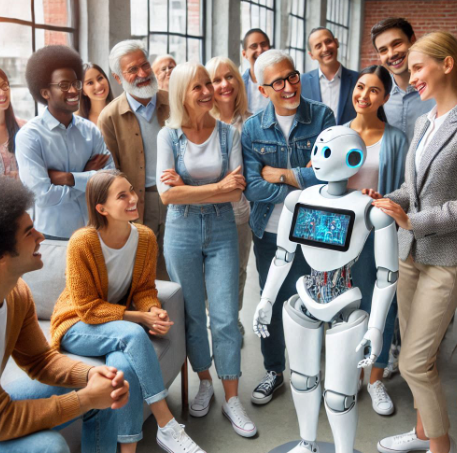
However, the idea of robots that look and act like us brings up some big questions. For one, how comfortable would we be with them? Some people may find it cool and helpful, while others might feel uneasy about robots looking too much like humans. There’s also the question of trust—can we rely on them to do things safely and correctly?
As technology improves, we’ll need to decide if we’re ready to have these robots as part of our daily lives. It’s not just about technology; it’s about how we, as humans, accept and adapt to these new companions.
How Will Humanoid Robots Change the Way We Live?
Humanoid robots are set to change many parts of our daily lives by 2025. These robots, designed to look and act like humans, will help with tasks that we find boring, tiring, or even dangerous. Imagine having a robot to help clean your house, deliver packages, or assist in hospitals and eldercare centers. They could also work in offices, helping with paperwork or customer service.
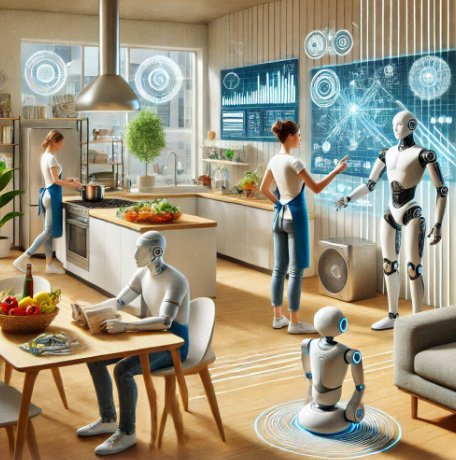
Humanoid robots will make our lives easier and more efficient, but they will also change the way we interact with technology. Instead of typing or tapping on screens, we could talk to robots just like we do with each other. However, this also raises important questions about privacy and safety. As we rely more on robots, we’ll need to make sure they’re secure and trustworthy. In the end, these robots might become regular helpers, making life more convenient but also bringing challenges we’ll need to solve.
Can Robots Perform Tasks Like Humans by 2025?
By 2025, humanoid robots are expected to perform many tasks that humans do, but the question is: how well can they truly mimic us? While robots can already do simple tasks like cleaning, delivering items, or even helping in factories, there’s still a lot to be done to make them as skilled and flexible as humans.
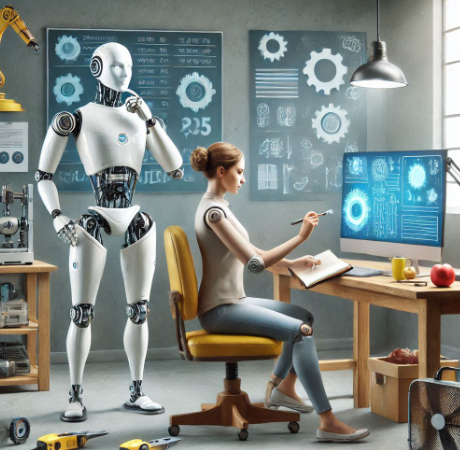
In areas like healthcare, robots are showing great promise. They can assist with surgeries or help take care of elderly people, but they’re not yet as intuitive or adaptable as a human would be. Tasks that require creativity, empathy, or complex decision-making are still beyond the reach of robots.
However, with advances in artificial intelligence and machine learning, robots are getting better at learning from their environment and improving their performance. By 2025, we might see robots that can handle more tasks like cooking, helping with household chores, and providing personal assistance—but they won’t be perfect just yet.
What Are the Real Benefits of Having a Humanoid Robot Around?
Humanoid robots could offer many benefits in our daily lives. One major advantage is their ability to assist with household tasks, like cleaning, cooking, or even helping with elderly care. These robots could make life easier by taking over routine chores, freeing up time for us to focus on other important things.

Another benefit is their ability to assist in businesses. Robots could help with customer service, handling basic tasks like answering questions or processing orders. This would allow employees to focus on more complex tasks, improving efficiency.
Humanoid robots could also provide support in dangerous or hard-to-reach environments. For example, they could work in places like factories or construction sites, keeping human workers safe from potential hazards.
With their potential to improve productivity, safety, and convenience, humanoid robots could become a helpful part of daily life, though their full integration into society may take time.
Are Humanoid Robots Safe and Reliable Enough for Daily Use?
As humanoid robots become more advanced, one of the biggest questions is whether they’re safe and reliable enough for everyday use. Right now, most robots are still being tested, and while they can do a lot of things, there’s still some work to do before they’re truly ready for homes, offices, or public spaces.
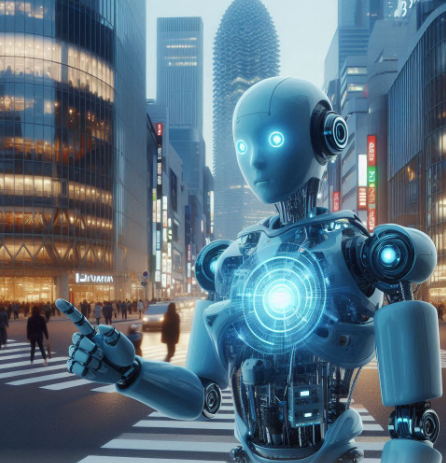
Safety is a top priority. Developers are working hard to make sure robots can move without hurting people, avoid accidents, and understand their surroundings. Some robots already have sensors to detect obstacles and stop if something’s in the way. But there’s still the issue of making sure robots can handle unpredictable situations, like changes in the environment or human behavior.
Reliability is also important. People want robots they can count on, whether it’s for help at home or tasks at work. As technology improves, humanoid robots will likely get more reliable, but it may take some time before they’re trusted for all daily tasks.
How Much Will Humanoid Robots Cost and Are They Worth It?
Humanoid robots in 2025 are expected to have a wide range of prices, depending on their features and capabilities. For example, a basic robot designed for household tasks might cost anywhere from $10,000 to $50,000, while more advanced robots with artificial intelligence and advanced mobility could go beyond $100,000. This cost includes the robot’s hardware, software, and maintenance, which can be quite expensive in the early stages of adoption.

The question many people will ask is, “Are they worth it?” For businesses, especially in industries like healthcare or customer service, humanoid robots might offer great value by increasing efficiency and reducing labor costs. However, for regular homeowners, the price could be harder to justify unless the robot offers specific, high-value tasks. Over time, as technology improves and competition grows, prices may drop, making humanoid robots more accessible. Whether they are worth it depends on how much they can help you in your daily life.
Can We Trust Robots to Work Alongside Us in the Future?
As we move closer to 2025, the idea of humanoid robots working alongside us becomes more real. But the big question is: Can we trust them to do the job right? Right now, robots are getting smarter every day, learning from humans and even adapting to different tasks. Some robots are already helping in hospitals, factories, and homes, doing everything from cleaning to assisting with medical procedures. But while they’re efficient, there are still some concerns.
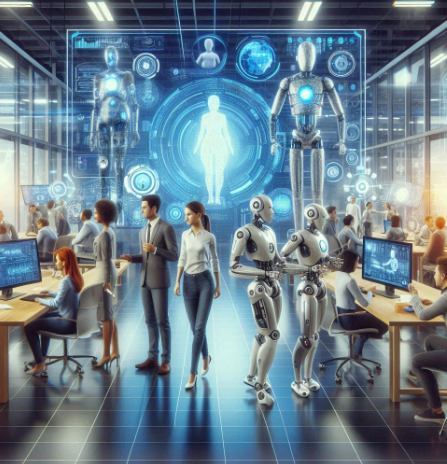
For one, can robots truly understand human emotions or make decisions based on what’s best for us? What if something goes wrong, and the robot malfunctions? These are questions we’ll need to answer before fully trusting robots in the workplace. As technology keeps improving, though, it’s possible that by 2025, we’ll find ways to make robots more reliable and safe, opening up a future where robots and humans can work together seamlessly.




